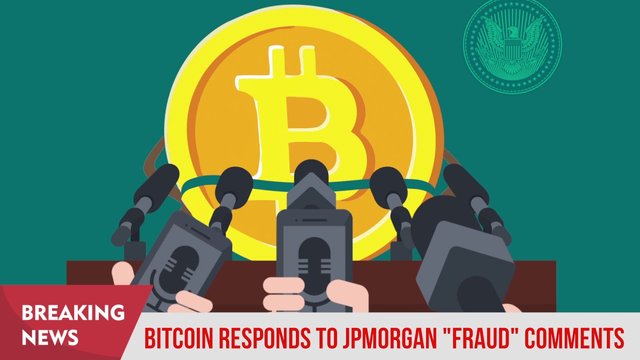A Brief History of BitCon
From the beginning, it was a mystery. In 2008, someone using the alias Satoshi Nakamoto published a paper to a cryptography mailing list. It was called Bitcoin: A Peer-to-Peer Electronic Cash System.
Little did anyone know that, at its height, it would establish an entire market (the crypto market) valued at $800B. That’s more money than Coca Cola, McDonald’s, Ford, Caterpillar, Nike, Nintendo, and Goldman Sachs combined. And now, with that large fortune behind it, some think this single PDF has the potential to upend the entire global banking industry.
On one side of this battle is a group of unknown cyrptographers vying to bring down the status quo. On the other side is the United States government, the European Union, JPMorgan Chase, and Deutsche Bank.
Currency-creating governments across the globe, if seriously challenged, will stop at nothing to keep control of their monetary systems. They’ll likely find a well-financed ally in the 50-trillion-dollar banking industry. The War on Money might be the most critical war of the modern era because the victor will decide the fate of developing economies, taxation, inflation, terrorism, and — quite possibly — democracy itself.
You’d think with that much at stake, the author of this notorious paper would step into the spotlight. During Bitcoin’s meteoric rise, as the creator’s personal wealth surpassed one billion dollars, you’d imagine somebody would uncover him. And when his wealth reached an estimated $19.4B, you’d assume the IRS would come knocking.
But nobody has even been able to track down the mysterious Nakamoto. And that’s part Bitcoin’s appeal. For those who don’t know, Bitcoin is like a digital dollar. In 2009, it was worth less than one-tenth of one cent, and in 2017, it was worth $20,000. Within a few days, it can be worth half or twice as much. Its value fluctuates rapidly. That’s one of its problems. But the best part about Bitcoin is the one thing that doesn’t change. If you know what you’re doing, it’s hard to track down. It’s mostly anonymous.
It’s the anonymous bit that’s attracted the interest of everybody from money launderers to drug traffickers to fraudsters. By its very nature, Bitcoin is hard to regulate. And something that’s hard to regulate makes it easy to cheat a lot of laws to make a ton of money.
If you would’ve bought $10 worth of Bitcoin in 2009, you’d be sitting on a cool $200M right now. That’s the type of news headline the average person pays attention to. So news networks started reporting it. Your friends started buying it. And it seemed like anybody who put a few bucks into Bitcoin was cashing out with buckets of gold. So the madness began, in 2017, when Bitcoin went from a play-toy of technologists and an enabler of organized crime to a common investment held by just about everyone’s grandma.
I’m not here to tell you that Bitcoin is a bubble, because I am nowhere near qualified to prove that. Experts are still debating if Bitcoin is a commodity, a security, a store of value, a currency, or some altogether new asset class entirely. Because of this I won’t even begin to estimate the true value of Bitcoin. I’m not even sure it makes sense to. And besides, if I somehow could, if I had some secret, clairvoyant power to know where the price of Bitcoin was headed, I’d be investing, not writing this article.
What I am here to do is: tell you about the cheaters. Because they’re everywhere. It’s blatantly obvious. And if you’ve got some Bitcoin, or you’re thinking about buying some (or any other Cryptocurrency), you better know just how bad the cheaters are. Because when you’re the least informed person on the exchange, you get taken to the bank.